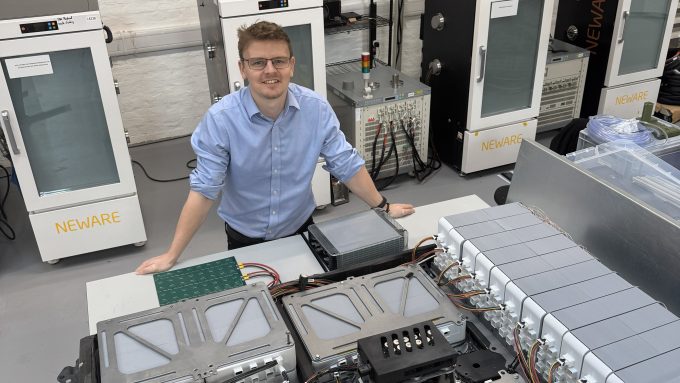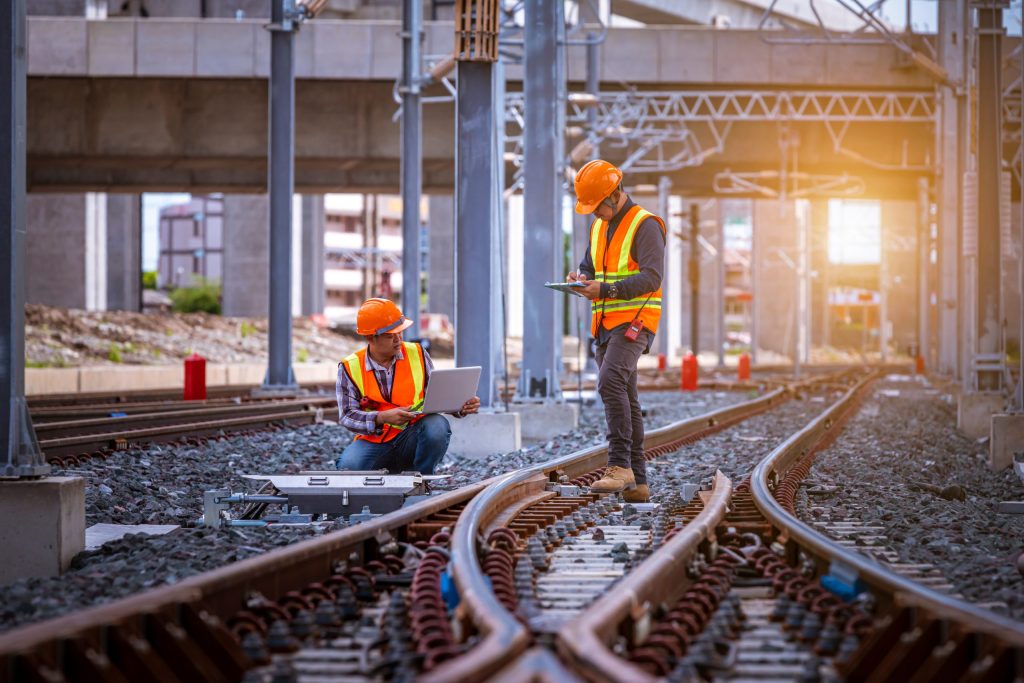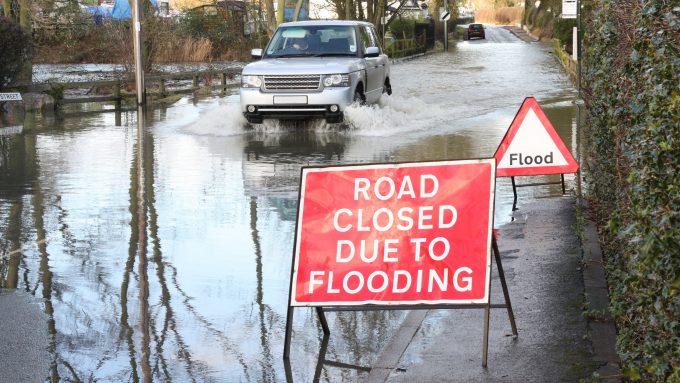The challenge
Rail trackworkers are an essential and valued part of the Network Rail workforce, performing essential installation and maintenance activities. They work on challenging tasks in challenging environments, often through the night. Their safety is a priority, and over the years much progress has been made to improve the ways in which operations are conducted and the equipment used.
While the UK has one of the best rail safety records in Europe, developments in processes and technology are continually being pursued to improve worker safety.
With this in mind, Network Rail and Connected Places Catapult have worked together to develop wearable safety devices that allow rail workers to be alerted as soon as they step out of a safe zone, defined by a virtual ‘geofence’ perimeter.
Workers can unintentionally find themselves in a position of danger if they lose situational awareness, which can be described as being unaware of or confused about their position, relative to where they think they are or where they should be.
There can be a number of causes for this, such as working on complex tasks requiring close focus, working in the dark, fatigue and cold, or in generally difficult environmental conditions.
Network Rail has identified geofencing technology as a potential solution to improve the safety of trackside working. Geofencing is a location-based technology where a mobile, cloud-based app or other software uses GPS, radio frequency ID (RFID), Wi-Fi or cellular data.
A mobile device can be worn to alert workers when entering or exiting a virtual boundary set up around a geographical location, known as a geofence. This provides an additional ‘tap on the shoulder’ for workers if they inadvertently stray outside of safe working limits. It would be deployed alongside and in addition to existing safety protocols and procedures.








